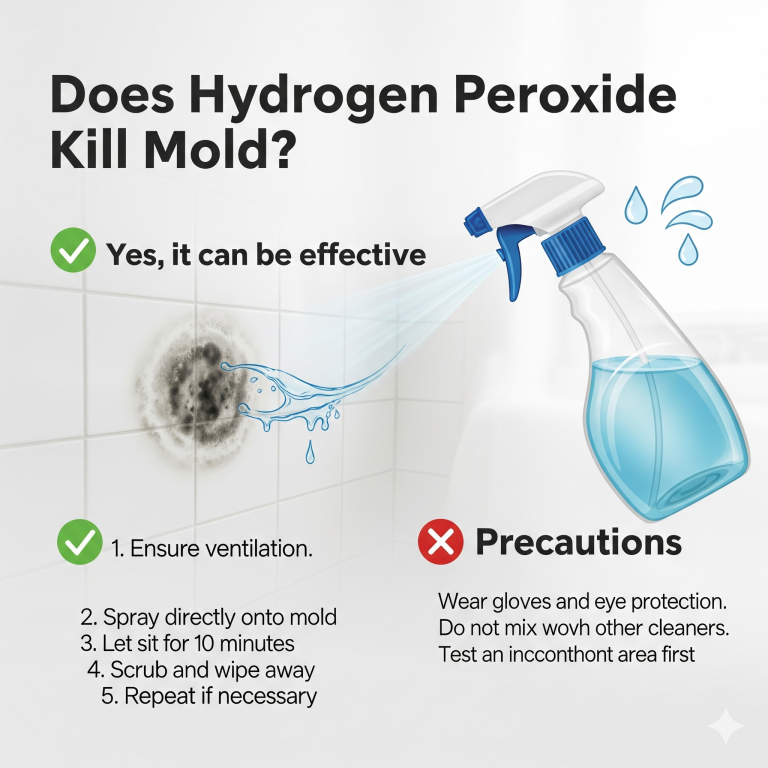
medical aid plans
Table of Contents
Medical Aid Plans: A Lifeline for Healthcare Costs:
Healthcare is a fundamental aspect of life, yet medical expenses can often become overwhelming. To help manage these costs, medical aid plans play a crucial role in providing financial protection and access to necessary healthcare services. Medical aid plans, also known as health insurance or health plans in some regions, offer individuals and families a safety net against the financial burden of medical treatments. This article explores what medical aid plans are, their benefits, and how to choose the right plan.
What is a Medical Aid Plan?
Mobile Insurance, A medical aid plan is a structured form of health insurance that helps cover the costs of medical treatments, hospital stays, doctor visits, surgeries, and other healthcare services. In exchange for regular payments known as premiums, members receive coverage for a range of healthcare services, depending on the specific plan they choose. Medical aid plans are designed to reduce out-of-pocket healthcare expenses, making it easier for people to access essential medical care when needed.
Medical aid plans typically offer different levels of coverage, from basic plans that cover essential services to comprehensive plans that cover more extensive medical procedures and treatments. These plans are often offered by private health insurance companies, government programs, or employer-sponsored benefits.
Types of Medical Aid Plans:
These plans come in various forms to cater to different healthcare needs and financial situations. A few common kinds of medical aid plans are available in markets:
Basic Hospital Plans
These plans cover the costs of hospitalization, including surgeries, specialist consultations, and in-patient care. They are ideal for individuals who primarily need coverage for major medical emergencies or hospital stays. However, they may not cover out-of-hospital services like doctor visits or routine checkups.
Comprehensive Plans
Comprehensive medical aid plans offer a wider range of coverage, including hospitalization, outpatient services, chronic condition management, and routine checkups. These plans are suitable for individuals or families who want complete healthcare coverage, but they often come with higher premiums.
Chronic Illness Plans
For individuals with long-term health conditions, chronic illness plans provide ongoing coverage for managing diseases such as diabetes, hypertension, or asthma. These plans typically cover the cost of medications, doctor visits, and treatments necessary to manage chronic conditions effectively.
Gap Cover Plans
Gap cover is an additional policy that covers the shortfall between what the medical aid plan pays and what the healthcare provider charges. This is useful in cases where the medical aid plan does not fully cover the costs of certain medical treatments or hospital stays.
Family Plans
Family medical aid plans provide coverage for an entire family, often at a reduced premium compared to individual policies. These plans cover all family members for a range of healthcare services, including general practitioner visits, specialist consultations, and maternity care.
Day-to-Day Plans
These plans cover out-of-hospital expenses such as doctor consultations, dental care, optical services, and prescribed medications. Day-to-day plans are often combined with hospital plans to provide a more comprehensive healthcare solution.
Benefits of Medical Aid Plans:
These plans offer several key benefits, making them essential for maintaining both financial stability and access to quality healthcare. A few main benefits of Medical Aid Plans are as follows:
Financial Protection
Medical treatments, surgeries, and hospital stays can be costly, especially in emergencies. Without a medical aid plan, individuals may struggle to pay for unexpected healthcare expenses. Medical aid plans provide financial protection by covering these costs or significantly reducing the out-of-pocket payments required for treatment.
Access to Private Healthcare
Medical aid plans often give members access to private healthcare facilities, which typically offer shorter waiting times, specialized treatments, and higher standards of care. This is especially important in countries where public healthcare systems may be overburdened or have long waiting periods.
Preventive Care
Many medical aid plans cover preventive services such as routine checkups, vaccinations, and screenings. These services help detect health issues early, reducing the risk of serious illnesses and promoting better overall health. By covering these costs, medical aid plans encourage members to prioritize preventive care.
Chronic Condition Management
For individuals with chronic illnesses, medical aid plans ensure they receive ongoing care and medication without the financial strain. This long-term coverage helps manage the condition effectively, improving quality of life and preventing complications.
Conclusion:
In conclusion, Medical Aid Plans provide a critical safety net by offering access to essential healthcare services and helping to mitigate the financial burden of medical expenses. Whether you’re seeking comprehensive coverage or just basic protection, these plans can be tailored to meet your health needs and budget. By investing in a Medical Aid Plan, you safeguard your well-being and ensure peace of mind in the face of unexpected health challenges. Carefully selecting the right plan can lead to better long-term health outcomes and financial stability.






